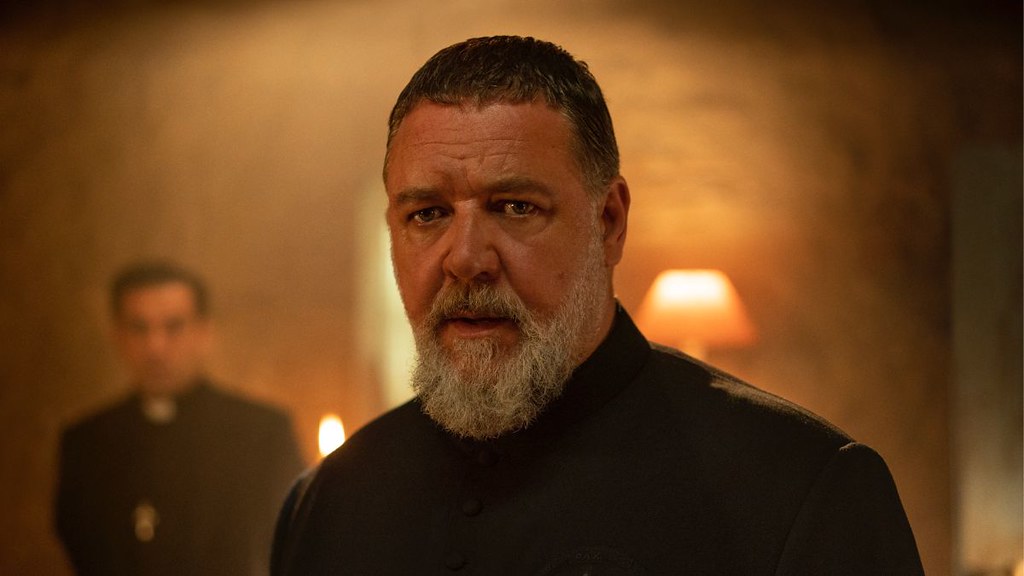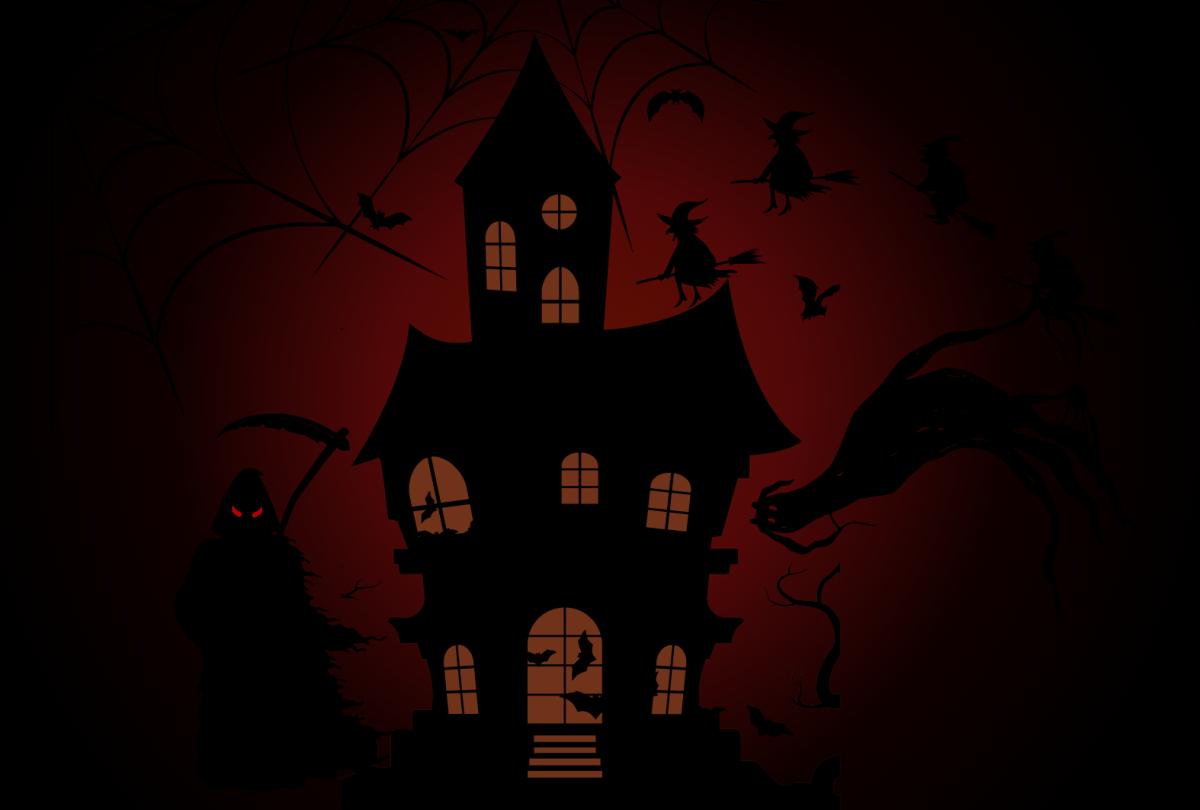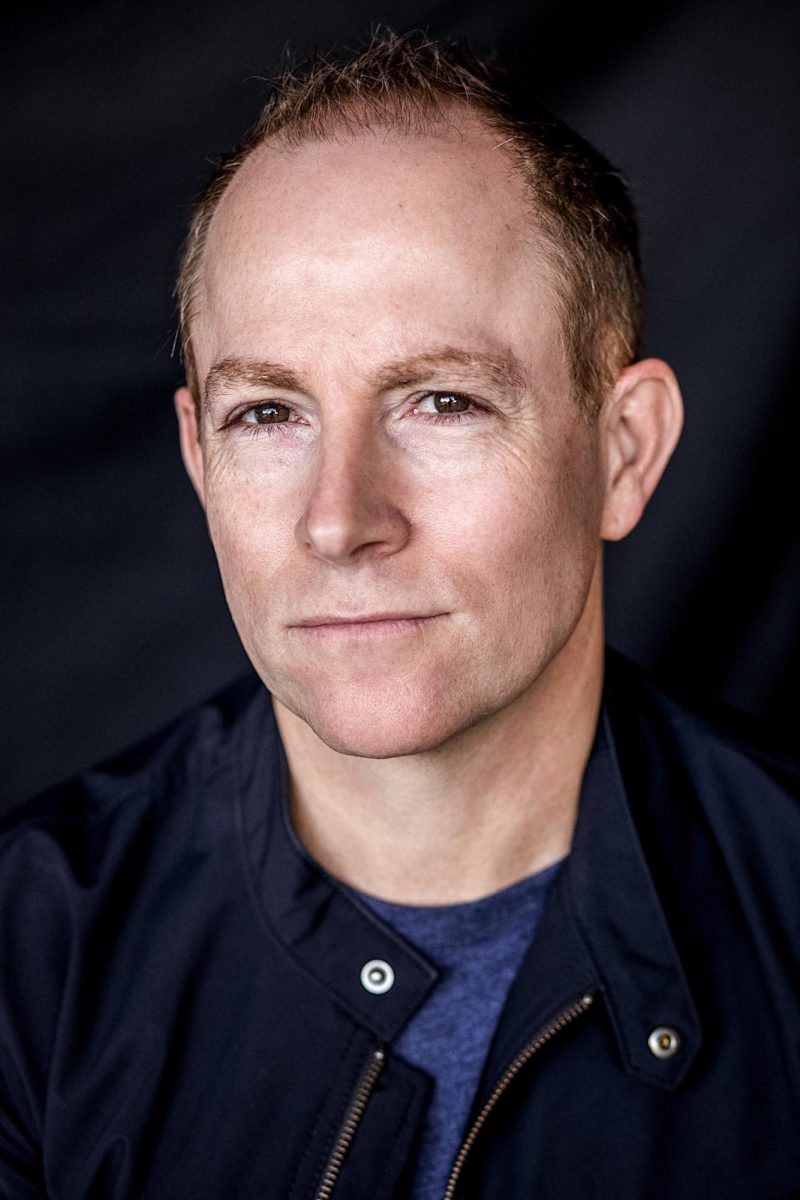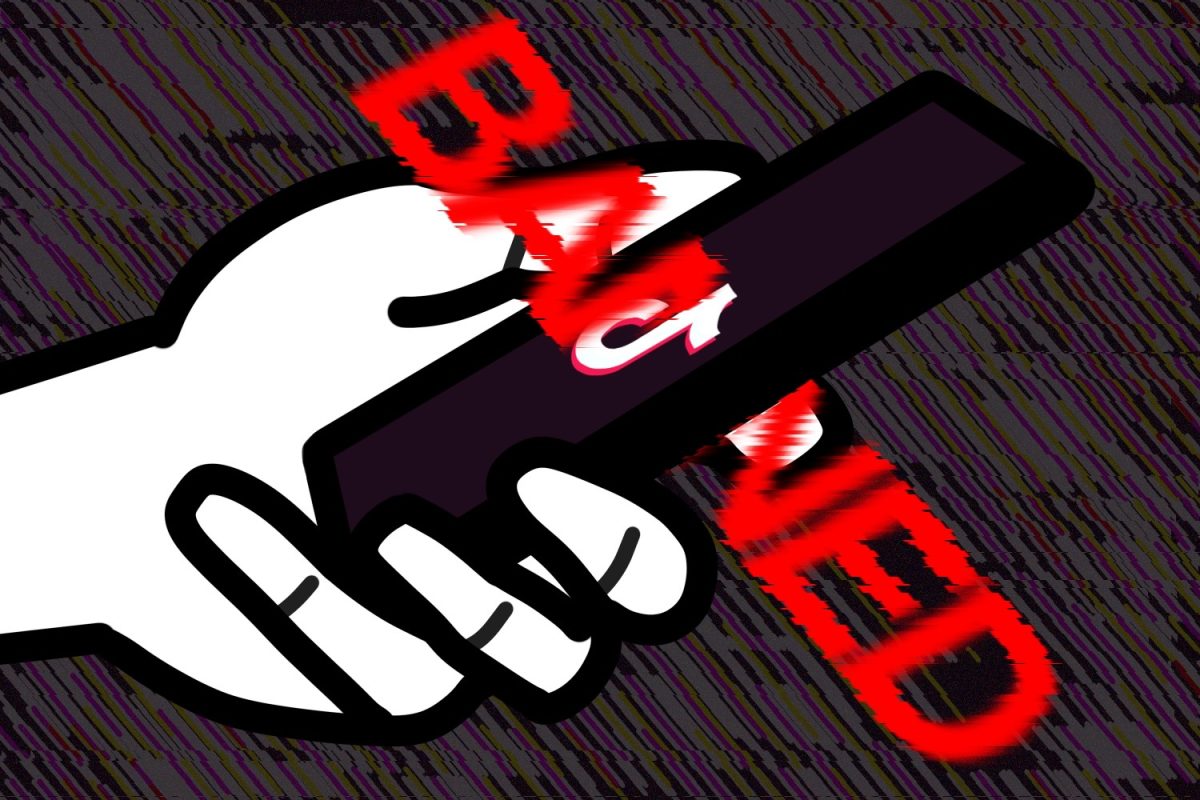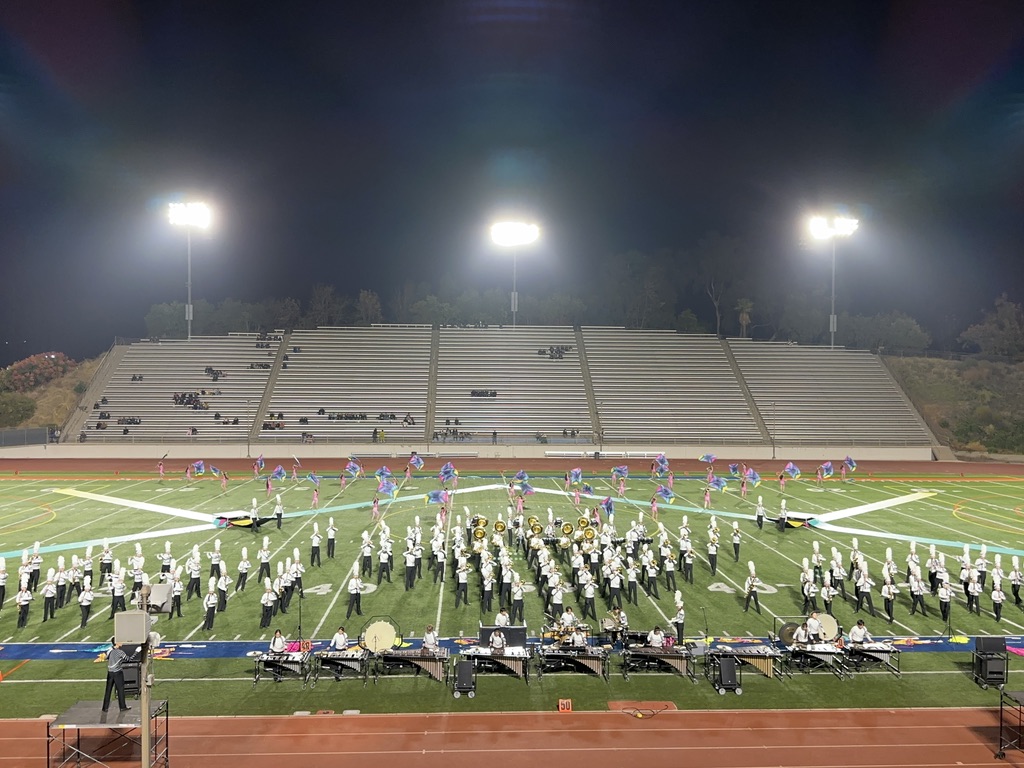Julius Avery’s April 2023 blockbuster, The Pope’s Exorcist, starring Russell Crowe, is a Christian horror film based on the real records of former Chief Exorcist of the Vatican, Father Gabriele Amorth. This screenplay has seemed to be either highly praised or criticized by its viewers, with online reviews often contradicting each other. The controversy of The Pope’s Exorcist can be explained by the film claiming to be about historical happenings within the Catholic Church. Even though the movie is based on published memoirs of Father Amorhe, the contents of the film can be unbelievable to a non-Catholic or Orthodox-Christian viewer. As a result, I have decided to grant my rating of the film based on acting, screenplay, cinematography, picture, and theological accuracy; based on my experience as a religious Christian and film buff.
Consequently, the first category is acting performances. Without a doubt, the highlight of the movie was Crowe’s astonishing role as Father Amorth. Throughout The Pope’s Exorcist he played a very convincing role of the Chief Exorcist of the Vatican Church. Crowe displayed Amorth’s great faith in God and personality with lifelike emotions, powerful speeches, and great attention to detail.
Besides his brilliance as the star of the film, Crowe’s co-stars also provide great performances in the film. Specifically, Daniel Zovatto who plays the role of Father Esquibel, a Spanish priest who assists Amorth in his Herculean exorcism at San Sebastian Abbey. For instance, the verbal dialogue handled by Zovatto is very realistic, emotional, and accurate according to the customs and prayers of Catholic priests. Furthermore, Father Esquibel’s prayer at the end of the film is one of the most crucial and difficult to act, yet it was executed perfectly by Zovatto, whose entire execution was very precise. All in all, my rating for the acting in The Pope’s Exorcist is a well-deserved 10/10. Nevertheless, I’d rate the casting 8/10, docking off two points because the movie lacks star power outside of Crowe.
Moreover, the screenplay of The Pope’s Exorcist was based on the books of the real Father Amorth, but was conducted brilliantly by the entire film crew. To further clarify, the screenplay reveals the mystery of the plot well, both subtly and broadly. The viewer can understand the final message of the film by the end through the context of the plot. In other words, the records of Amorth were summarized and produced very well. This is made possible by the foreshadowing scattered across the film by the writers as Amorth states at the beginning of the film, “The only thing that arrests God’s power is a person’s freedom to choose. But God cannot be God if he doesn’t allow for this choice, even for the dead.” This statement is crucial to the theological understanding of the plot and climax of the movie.
Additionally, the screenplay emphasizes God’s great power throughout the film. For instance, during the exorcism the devil proclaims the possessed souls as under his dominion. Yet, he is defeated at the name of the Lord, Jesus Christ being emitted by a blessed priest’s prayer. As a result, I rate the screenplay 9/10 since I felt that the character development could have been more detailed for some roles, but all in all still a great screenplay.
Moving forward, the next category is picture, which are the specific scenes made to grasp the emotion of an actor during a film. As for The Pope’s Exorcist, the picture was incredible; it was not only horrifying but brilliant in the sense that the depth of every scene was captured by the motion-picture. Moreover, the stunning roles of pain and torture were simply amazing. I feel that now that I have watched the entire film twice, I understand the immense torment of being possessed. There is not much description I can provide of the beauty of all the emotion-grasping scenes without spoiling the movie, but I will leave you with my evaluation of a 10/10 picture for this film.
Accordingly, the last category is cinematography. To further clarify, the cinematography of a film is the motion-picture sector or the visual composition of a movie. Now this differs from the picture of a movie as, cinematography focuses more on the broad aspects of motion-picture such as lighting, setting, and pace. Although decent, I found the motion-picture photography of The Pope’s Exorcist to be one of the weaker aspects of the film. Even though the cinematography had great quality and visuals, it didn’t at any time during the film genuinely scare me. Instead, it provided more of an eerie, tense feel which was good but not exactly what I was expecting from a horror film. On the other hand, some of the scenes were incredibly detailed as the director showed the sign of the cross in scenes of worry or tenseness, and made sure to emphasize the beauty of the church in times of uncertainty. Therefore I rate the cinematography of The Pope’s Exorcist 7/10; although it was good, I expected more visual animosity.
In conclusion, my final rating of The Pope’s Exorcist based on the data above is 8.8/10. Overall, I thoroughly enjoyed and appreciated the movie not just because of the brilliance of the film but also for the religious accuracy and message. There are plenty of films with extraordinary special effects, acting performances, and cinematography. Yet, what separates a good screenplay from a great one is the message the story holds and its consistency in deriving the theme into each scene. Since, in my opinion, the real art of film-making is to make the viewer think. As for The Pope’s Exorcist, I left the theater having profited from my time and money spent, with peak satisfaction but more importantly having learned a spiritual lesson.
Photo courtesy of FLICKR

